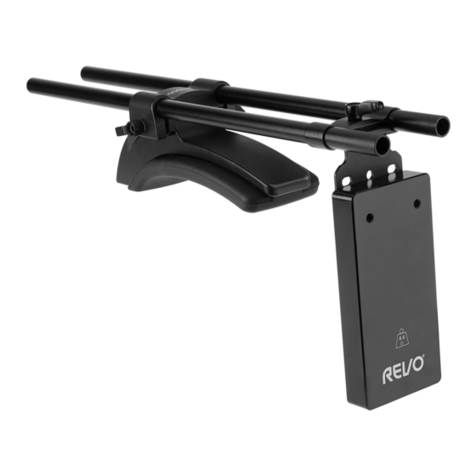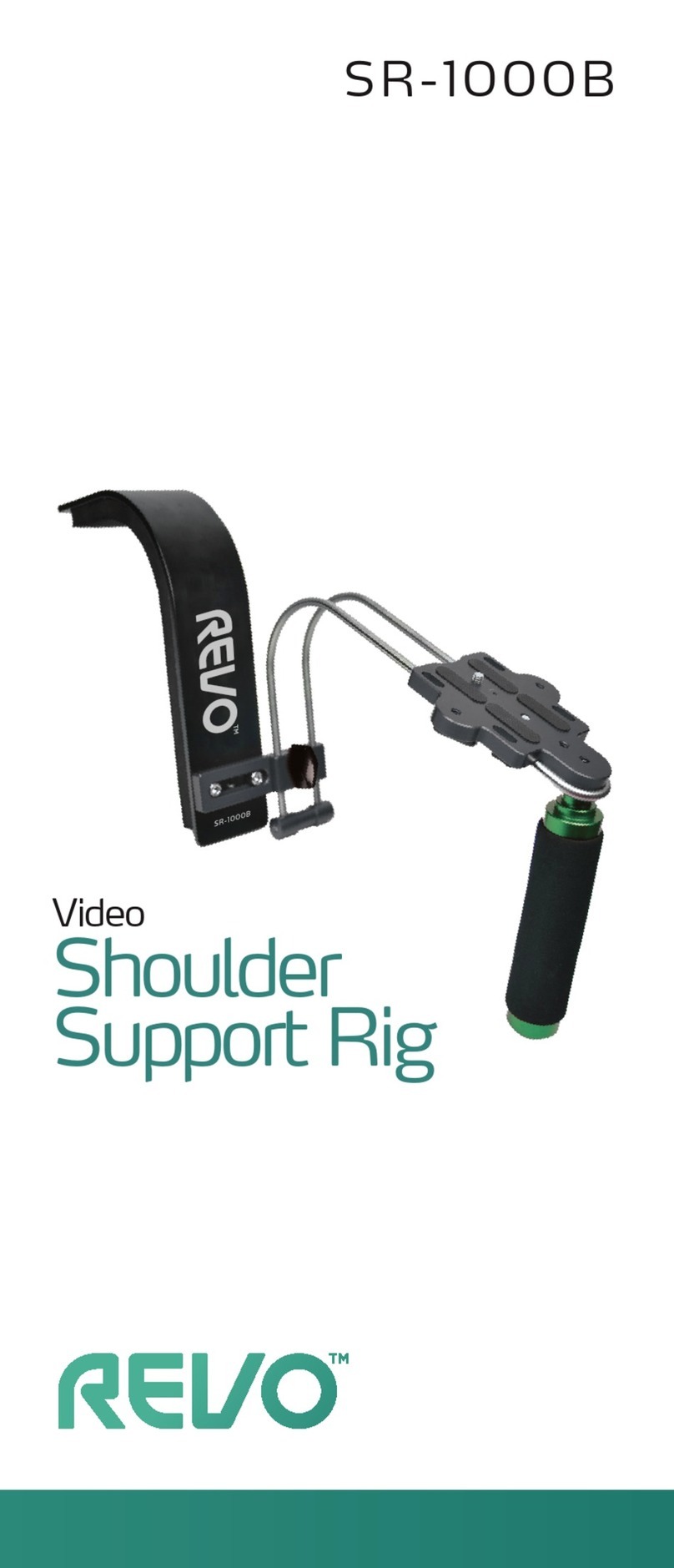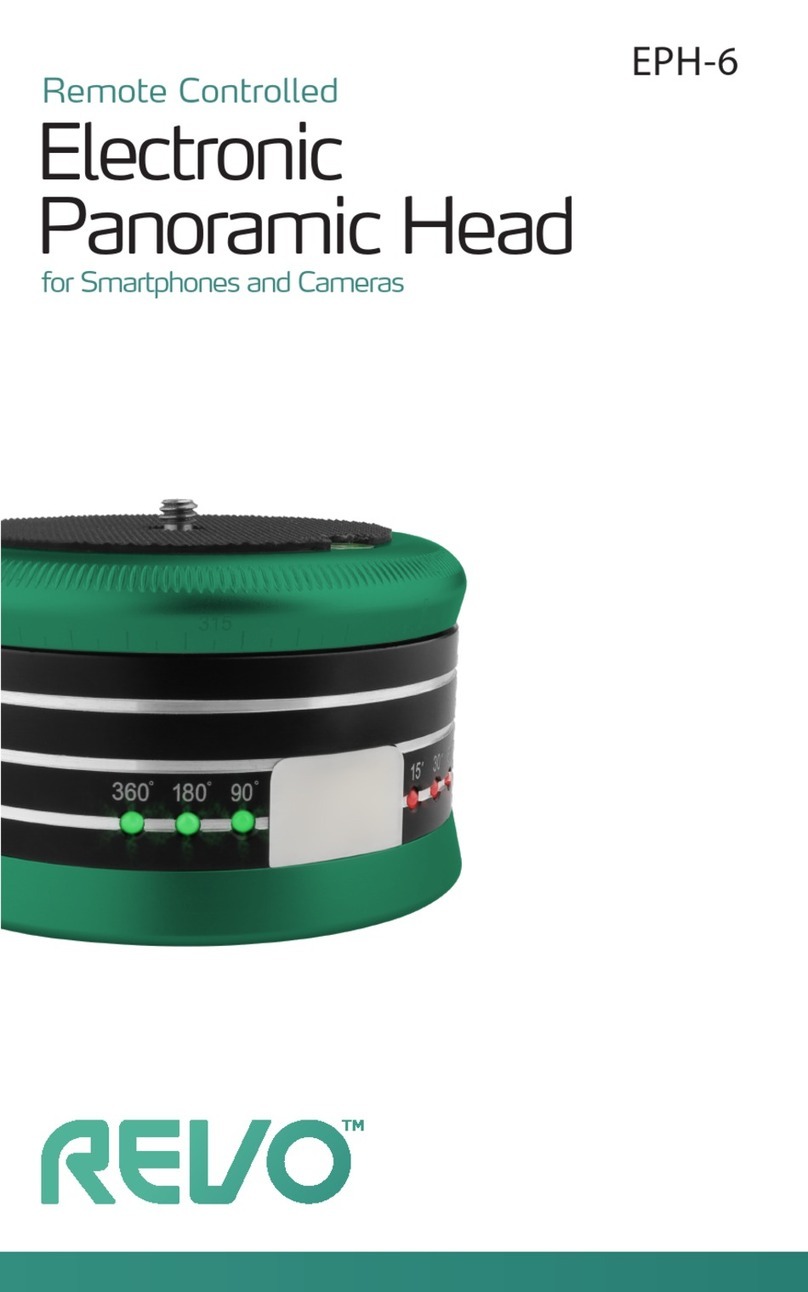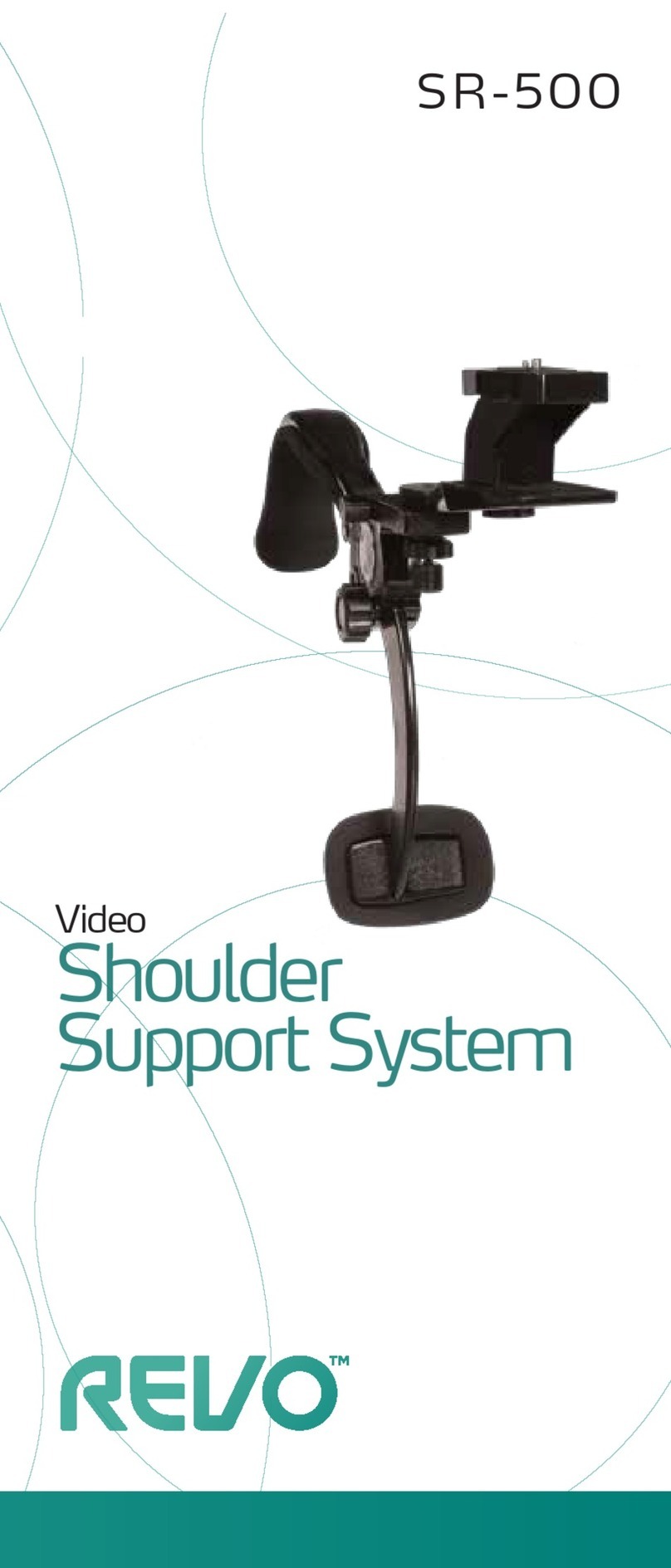
4
Warnings
• Please read and follow these instructions, and keep this manual in
a safe place.
• Handle the unit with care.
• Clean the unit with a soft, dry cloth.
• Use only parts provided by the manufacturer.
• Make sure everything is secure before proceeding.
• Make sure the item is intact and that there are no missing parts.
• Do not exceed the maximum load capacity.
• All photos are for illustrative purposes only.
Limited One-year Warranty
Revo provides a limited warranty that this product is free from defects in materials and workmanship to the original purchaser under normal use for a period of one (1) year from the
original purchase date or thirty (30) days after replacement (the “Warranty Period”), whichever occurs later. Our responsibility with respect to this limited warranty shall be limited
solely to repair or replacement, at its option, of any product which fails during normal consumer use.
To obtain warranty coverage during the Warranty Period, contact your place of purchase (“Seller”) to obtain a return merchandise authorization (“RMA”) number, and return to Seller
the defective product along with proof of purchase and the RMA number.
This warranty does not extend to damage or failure which results from misuse, neglect, accident, alteration, abuse, improper installation or maintenance. EXCEPT AS PROVIDED
HEREIN, REVO MAKES NEITHER ANY EXPRESS WARRANTIES NOR ANY IMPLIED WARRANTIES, INCLUDING BUT NOT LIMITED TO ANY IMPLIED WARRANTY OF
MERCHANTABILITY OR FITNESS FOR A PARTICULAR PURPOSE. This warranty provides you with specific legal rights, and you may also have additional rights which vary from
state to state.
© Copyright 2012 Gradus Group www.RevoCinema.com


































